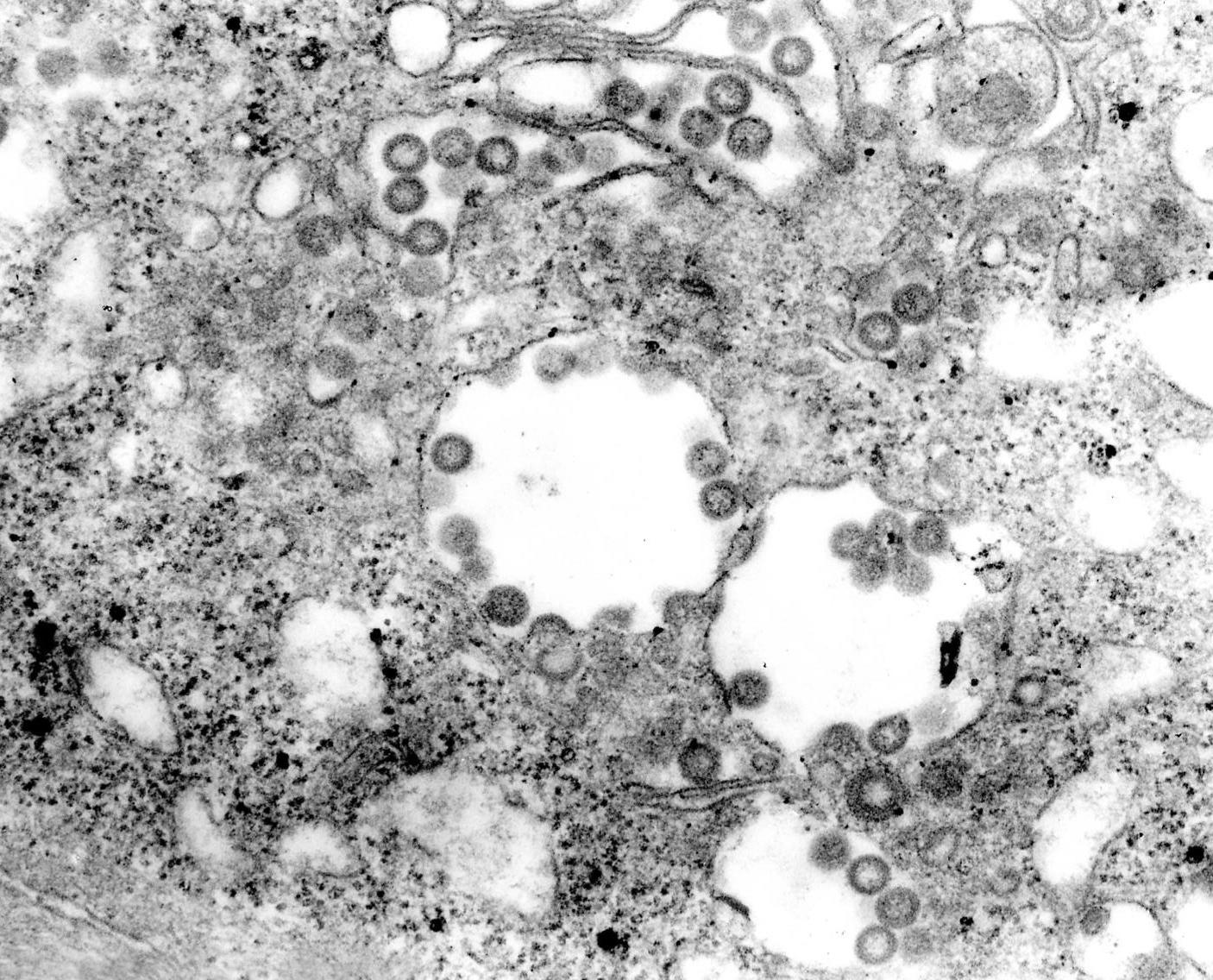Evidence of Rift Valley fever seroprevalence in the Sahrawi semi-nomadic pastoralist system, Western Sahara
The increasing global importance of Rift Valley fever (RVF) is clearly demonstrated by its geographical expansion. The presence of a wide range of host and vector species, and the epidemiological characteristics of RVF, have led to concerns that epidemics will continue to occur in previously unaffected regions of Africa. The proximity of the Sahrawi territories of Western Sahara to endemic countries, such as Mauritania, Senegal, and Mali with periodic isolation of virus and serological evidence of RVF, and the intensive livestock trade in the region results in a serious risk of RVF spread in the Sahrawi territories, and potentially from there to the Maghreb and beyond. A sero-epidemiological survey was conducted in the Saharawi territories between March and April 2008 to investigate the possible presence of the RVF virus (RVFV) and associated risk factors. A two-stage cluster sampling design was used, incorporating 23 sampling sites. A total of 982 serum samples was collected from 461 sheep, 463 goats and 58 camels. Eleven samples (0.97%) tested positive for IgG against the RVFV. There were clusters of high seroprevalence located mostly in the Tifariti (7.69%) and Mehaires (7.14%) regions, with the Tifariti event having been found in one single flock (4/26 positive animals). Goats and older animals were at a significantly increased risk being seropositive (p?=?0.007 and p?=?0.007, respectively). The results suggest potential RVF activity in the study area, where intense livestock movement and trade with neighbouring countries might be considered as a primary determinant in the spread of the disease. The importance of a continuous field investigation is reinforced, in light of the risk of RVF expansion to historically unaffected regions of Africa.
Back to publications
